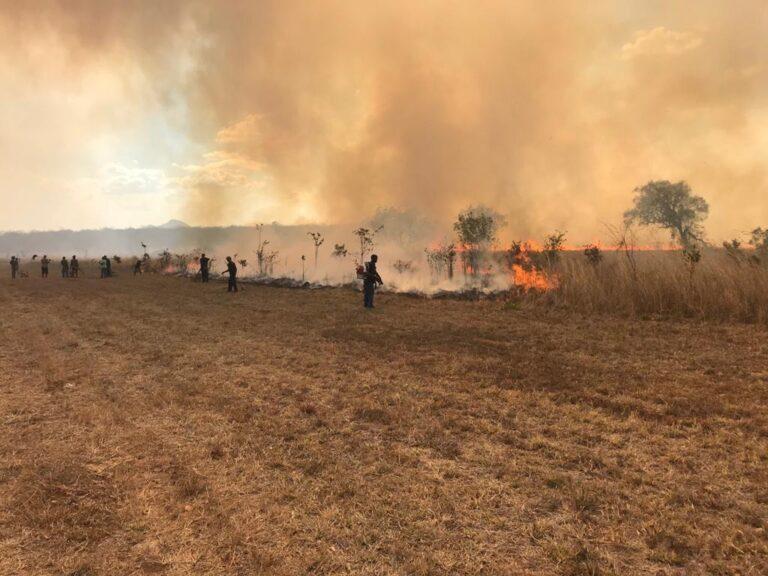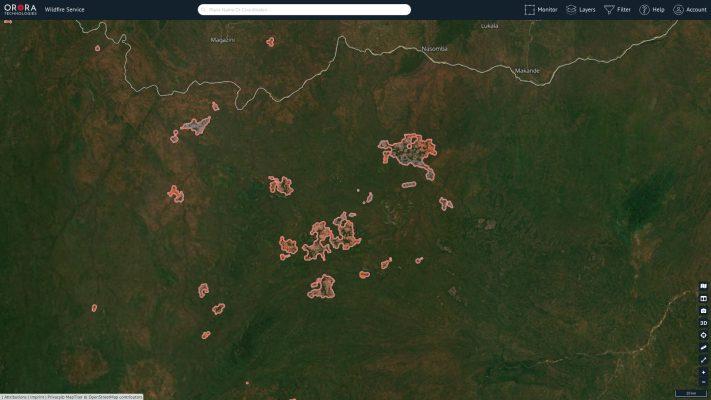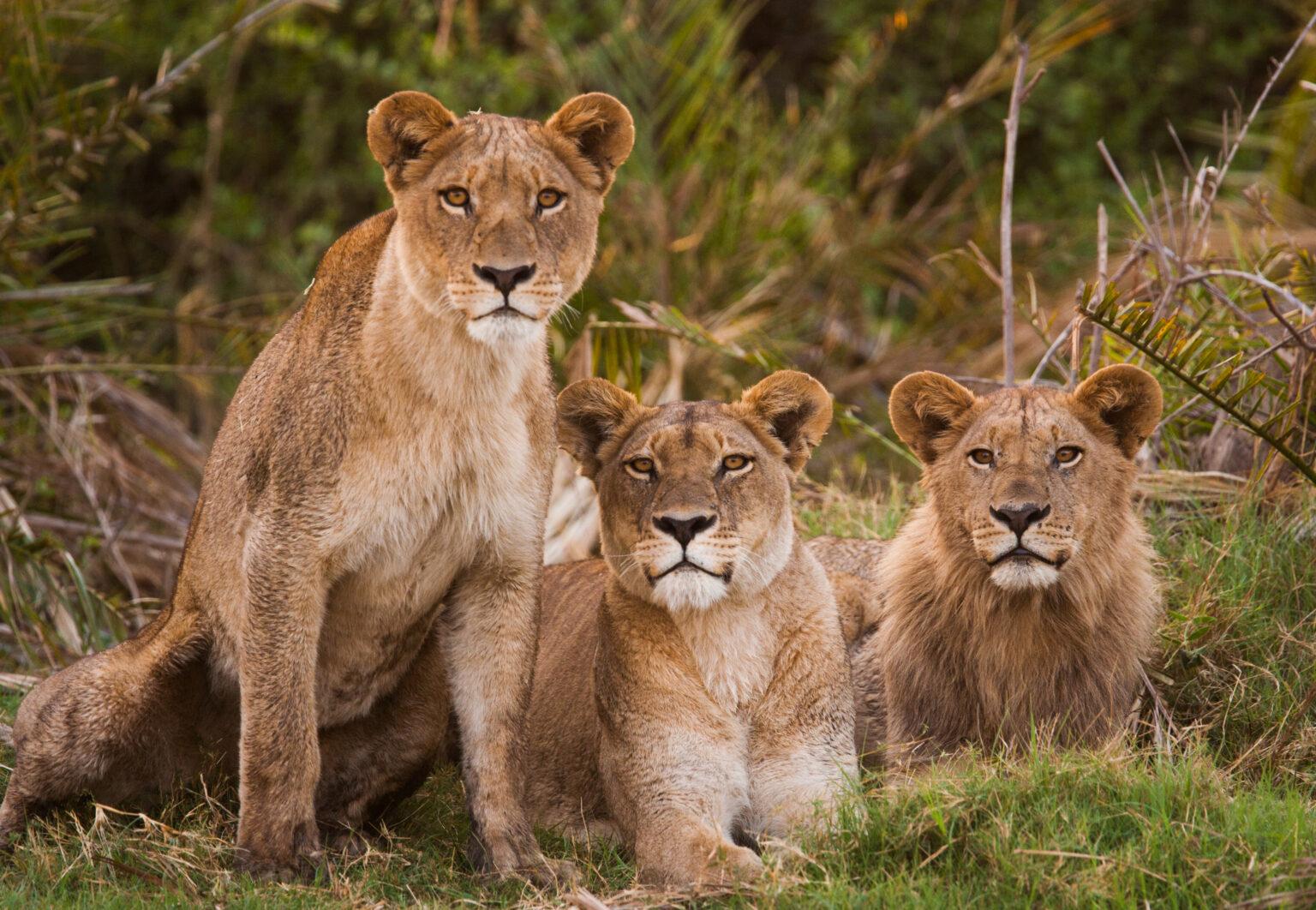On a Mission To Save the Niassa Special Reserve: Home of the Last Great Elephant Population
Disastrous fires in Australia, South America and North America have captured headlines over the last two years. Half a world away and far from the media spotlight, Mozambique was in flames too and has been suffering drastic forest loss since the turn of the century. Combined with agricultural expansion and development, fires have reduced this land’s tree cover by 3.52 million hectares - an area larger than Belgium.
Natural Regeneration is Not Enough
Each year at the beginning of Mozambique’s dry season in April, the occasional forest fires start burning, becoming more frequent and intense as the surrounding vegetation completely dries out by the summer. The arrival of the first rains in November typically brings an end to the fire season. But the long burning period plays a destructive game with natural vegetation and biodiversity in this southern African country.
"OroraTech’s partnership with the Niassa Special Reserve represents a prime example of how the organization can bring innovative solutions to communities around the globe."

Affected by fires, which occur annually and at increasing rates, the forests in Mozambique are becoming less rich in both plant and animal species diversity. It is very alarming that natural regeneration can no longer keep up with the increasing fire intensity and deforestation, which will lead to a number of species being threatened. According to Tropical Fire Ecology, little research has been done on the long-term implications of climate change and fire-caused deforestation of Mozambique.

“Given the frequency of wildland fires in Mozambique at present and their impact on the lives and livelihoods of its rural population, a greater understanding of the likely consequences of climate change for this country’s fire regimes is needed to better understand its long-term vulnerability.” says book author, Mark A. Cochrane.
New Threats Require New Solutions
One of Africa’s largest, wildest, and most spectacular protected areas is the 42,300 km2 Niassa Special Reserve in northern Mozambique, home to a vast population of elephants, lions, leopards, zebras, and other animals. It is one of the few large wildernesses left in Africa, capable of embracing tens of thousands of elephants again in the future, which is why it is so extremely important to protect it.

Covered by immense woodlands, rough rocky outcrops and massive sand rivers, the Niassa countryside is almost completely lacking crucial forms of access infrastructure, making early fire detection and monitoring hard for the fire crews on the ground.
Leonel Mutemba works for the US Forest Service as a Field Specialist for Fire Management. "The Niassa Special Reserve in northern Mozambique faces a huge problem of forest fires that every year cause environmental, social and economic damages.” Leonal says. “We have been using OroraTech’s satellite-based Wildfire Service since 2020 to monitor fires as well as gather the information needed to analyze its spatio-temporal pattern, which is a very important component for the designing of an integrated fire management plan to address this problem within this conservation area."

The Way to Go
All of the activities run by the Wildlife Conservation Society and the US Forest Service are possible thanks to the funding done by the US Agency for International Development (USAID). In collaboration with them, the Niassa Special Reserve’s use of OroraTech’s Wildfire Service now serves as a key component in the efforts to better protect and monitor this precious landscape.
Insights gained from satellite-based data play a crucial role in protecting natural environments around the world. OroraTech’s partnership with the Niassa Special Reserve represents a prime example of how the organization can bring innovative solutions to communities around the globe.